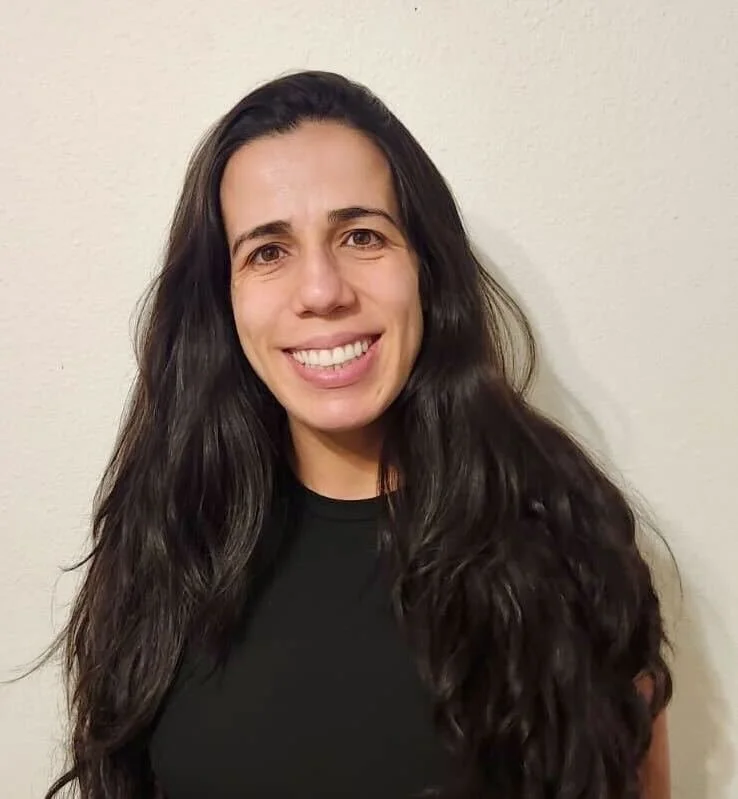![Regie Lyn P. Santos-Cortez, M.D., Ph.D.]()
Baylor College of Medicine
Identification of genes that predispose to chronic otitis media in an indigenous population
The study aims to identify genes predisposing to otitis media by studying gene variants that are identified from a complex pedigree within an indigenous population that has a high prevalence of chronic otitis media. The study population is ideal for gene mapping due to the limited number of founders and marriages only within the indigenous population. Next-generation sequencing will be performed in order to quickly and cost-effectively detect the causal genetic variants for otitis media that fall within the mapped genomic region. The discovery of gene variants predisposing to otitis media opens great possibilities towards increased knowledge of pathophysiology, prediction of the likelihood of otitis media through genetic diagnosis, and development of innovative treatments for otitis media.
Research areas: otitis media, genetics
Long-term goal of research: The discovery of genes predisposing to otitis media will lead to increased knowledge of the disease process behind otitis media and development of new diagnostic and treatment strategies for otitis media. The study findings are expected to benefit not only the indigenous population but also otitis media patients from other populations, as the genes that will be found can be followed up in other populations and as new therapies are developed through knowledge of genes predisposing to otitis media.
Regie-Lyn Santos-Cortez, M.D., Ph.D. graduated from the University of the Philippines Manila College of Medicine – Philippine General Hospital for both her medical education and residency in otorhinolaryngology. She studied genetic epidemiology in Erasmus Medical Centre Rotterdam, the Netherlands and did most of her PhD work on the genetics of non-syndromic hearing impairment at the Leal lab at Baylor College of Medicine, Houston, Texas, USA. She is now Assistant Professor at the Center for Statistical Genetics, Department of Molecular and Human Genetics at Baylor.














